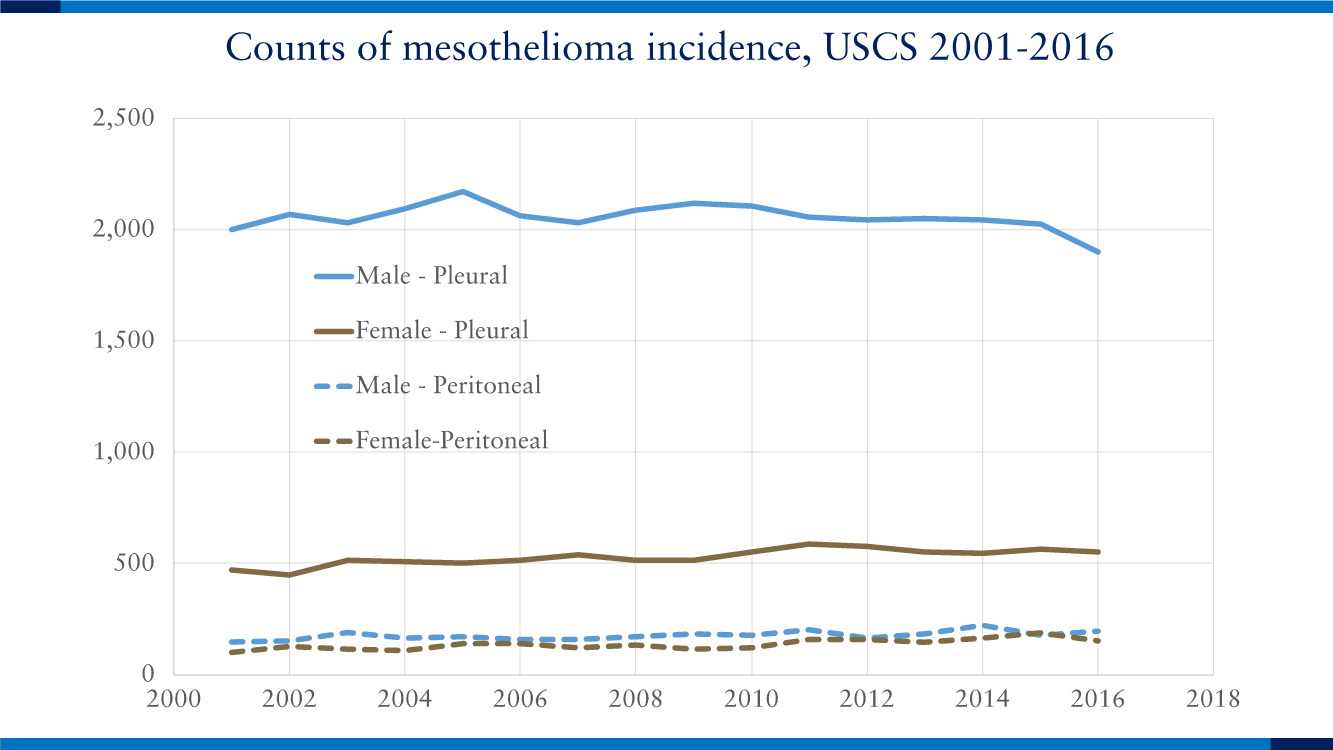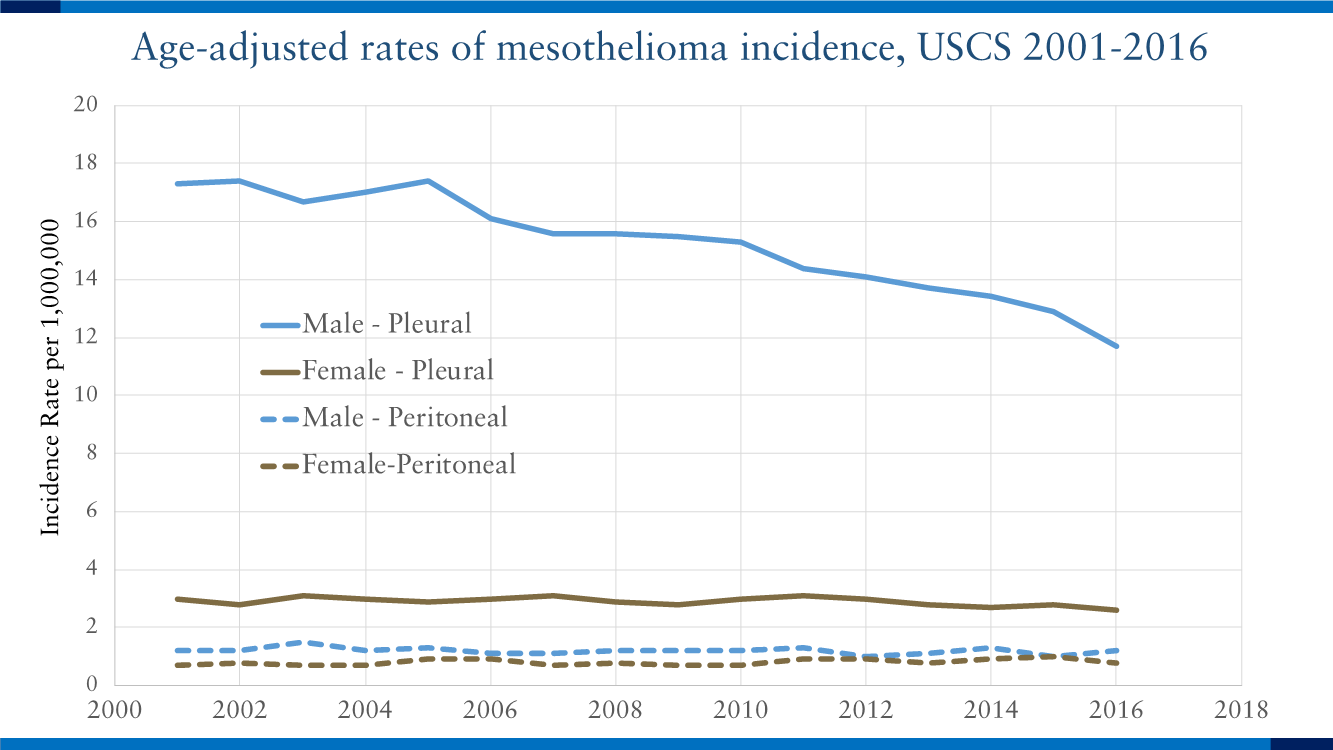Bankruptcy Court Determines Garlock’s Liability for Mesothelioma Claims Is de Minimis
On January 10, 2014, the court presiding over the bankruptcy of our client Garlock Sealing Technologies, LLC issued its decision estimating Garlock’s liability for pending and future mesothelioma claims. The US Chamber of Commerce described the decision as “a watershed in exposing asbestos litigation ‘impropriety.”’ In the 65-page opinion, the Court explains in detail why it found that Garlock’s “legal responsibility for causing mesothelioma is relatively de minimis.”[i]
Garlock, a former manufacturer of asbestos gaskets and packing, filed for bankruptcy protection in 2010 and engaged us as Special Asbestos Defense Counsel. As part of its reorganization, the Court conducted a trial in the summer of 2013 to estimate the value of present and future mesothelioma claims against Garlock. We served as trial counsel on the issues relating to the merits of those claims and whether the claims are supported by sound science. Lawyers from the Robinson Bradshaw & Hinson law firm[ii] tried the case with us and took the lead on issues related to the estimation of the claims’ value and the historical conduct of the litigation against Garlock, among others.
Settlement Approach Rejected
Using Garlock’s settlement history, the experts for the Committee of Asbestos Creditors and the Future Claimants’ Representative had estimated Garlock’s liability for mesothelioma claims at more than $1.2 billion. The Court rejected this analysis:
The estimates of Garlock’s aggregate liability that are based on its historic settlement values are not reliable because those values are infected with the impropriety of some law firms and inflated by the cost of defense.[iii]
Instead, the Court determined that “[t]he best evidence of Garlock’s aggregate responsibility is the projection of its legal liability that takes into consideration causation, limited exposure and the contribution of exposures to other products.” [iv]
Extensive Scientific Evidence Offered
The Court noted:
The parties made an extensive offering of scientific evidence on a number of topics: (a) the nature of asbestos, its different types and their relative toxicity; (b) the medical evidence of the operation of asbestos in the lungs; (c) uses of asbestos in Garlock and other third-parties’ products in naval and industrial applications; (d) industrial hygiene and epidemiology evidence of exposure caused by Garlock and third parties’ products; and (e) safety and regulatory pronouncements regarding asbestos exposure.[v]
The Court’s decision reviews the scientific evidence in detail, identifying the evidence it found reliable and unreliable. The Court found persuasive the medical and industrial hygiene evidence Garlock offered that showed the low exposure (and, particularly, low chrysotile exposure), if any, associated with gasket and packing work did not contribute to cause disease.
The Court found the studies on gaskets by the Committee’s expert witness unreliable:
Dr. Longo’s “gasket studies” suffer from a list of deficiencies sufficient to render them useless.
* * * The appearance is that Dr. Longo’s studies were carried out in such a way as to produce the highest results possible and to overdramatize the process. As such, the court cannot accept his studies or opinions as probative.[vi]
The Court rejected the Committee’s medical experts’ extrapolation from high dose studies of miners and factory workers to show that low dose chrysotile exposure from gaskets and packing contributed to cause mesothelioma, finding:
A fundamental flaw in their analyses is that the studies on which they rely all involve people in very high exposure settings – such as miners or manufacturing/textile workers.
* * * They then apply the findings from such high-dose occupations to low-dose applications without an adequate basis.[vii]
The Court likewise rejected the Committee’s medical experts’ reliance on statements from public health and regulatory agencies regarding the potential hazards of asbestos, noting the difference in the way courts and regulatory agencies assess risk:
The court finds no probative value to the statements of safety and regulatory agencies or to the warnings contained in Garlock’s own Materials Safety Data Sheets. Such statements simply involve something quite different than the issues involved here. Many, if not all, safety and regulatory bodies have issued statements, policies or regulations regarding asbestos exposure. But, these cannot be probative on the issue of causation because of the differences in the way courts and regulatory authorities assess risk. [Citation omitted.] Regulatory authorities use “precautionary principles” to carry out their mandates and use linear projections into a zone of inference of theoretical risk that are not appropriate for judicial determinations, including causation. Consequently, agency statements, policies and regulations – and company warnings required by them – are simply not relevant to estimation of Garlock’s aggregate asbestos liability.[viii]
Conclusion
The Court concluded:
Garlock has demonstrated that its products resulted in relatively low exposure of a relatively lower potency asbestos to a limited population and that the population exposed to Garlock’s products was necessarily exposed to far greater quantities of higher potency asbestos from the products of others.[ix]
Read the Opinion here. The decision has been covered extensively by the national press (Wall Street Journal, New York Times, Forbes).
To read more about the importance of the decision and the evidence offered, follow these links:
Importance of the Garlock Estimation Decision
Alternative Exposure Evidence Available from Bankruptcy Proceedings
The Challenge of Understanding Potential Claimants’ Exposures
[i] Garlock Estimation Decision, p. 2.
[iii] Garlock Estimation Decision, p. 4.
[iv] Garlock Estimation Decision, p. 4.
[v] Garlock Estimation Decision, p. 8.
[vi] Garlock Estimation Decision, p. 18-19.
[vii] Garlock Estimation Decision, p. 22.
[viii] Garlock Estimation Decision, p. 24.
[ix] Garlock Estimation Decision, p. 25.


